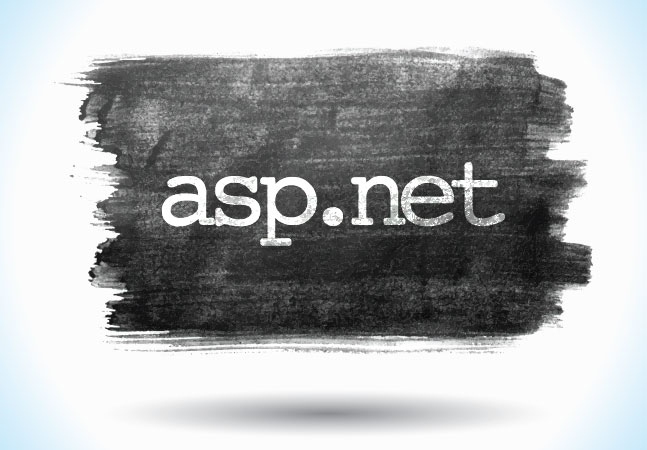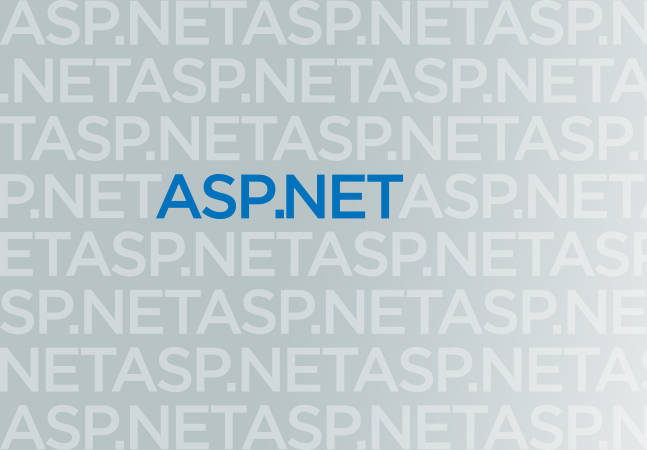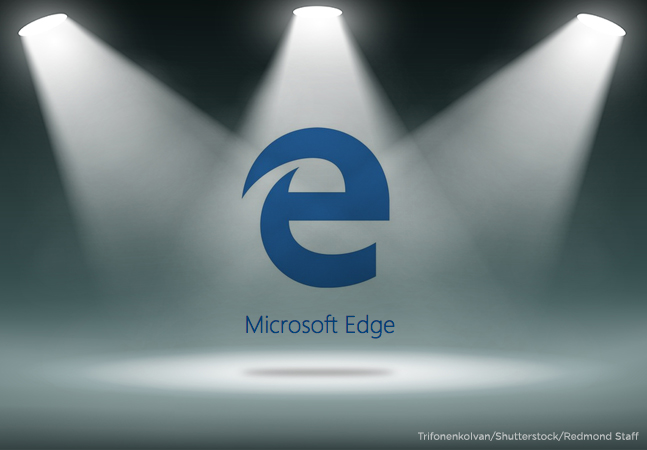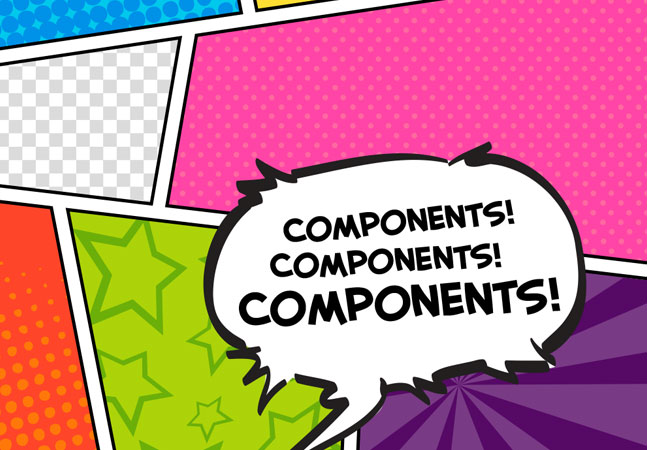
ASP.NET Core makes building RESTful services easy and comfortable, says Joydip Kanjilal, who shows how to do just that in this article, complete with code samples and screenshots.
- By Joydip Kanjilal
- 02/05/2019

Eric Vogel uses code samples and screenshots to demonstrate how to create and use the views and controller for an ASP.NET MVC Core CRUD application.

Here's everything you need to write code for the Session object in ASP.NET Core -- including why you can't expect to migrate your existing ASP.NET MVC application to ASP.NET MVC Core (though Peter has some suggestions on easing that pain).

If you know how to create an ASP.NET MVC View, you know a great deal about how to create pages in Blazor. But, by packaging up pages as Blazor Components, you can use (and re-use) those pages more like objects.

Central to ASP.NET Core is the collection of objects that give you access to ASP.NET Core functionality. Here's how to access it, how to add to it and an example of how to use this technology with the "difficult" cases.

Eric Vogel provides many code samples to show how to use Entity Framework Core for an ASP.NET Core MVC application.

ASP.NET Web API and ASP.NET MVC have similar (but not identical) mechanisms that allow you to customize how your requests and responses are processed. Not surprisingly, ASP.NET Web API's implementation is both easier and more flexible than ASP.NET MVC.

You have at least two options for adding processing to multiple controllers without duplicating code in each of the Controllers.

Eric Vogel shows how to create a new ASP.NET Core Web application using Visual Studio 2017.

Moving your apps is not going to be a "port" -- find out why and what other advice Japikse has for tranisitioning your apps to the revolutionary new ASP.NET Core 2.

Chris Sainty provides hands-on code samples on how to use Web APIs to interact with Blazor, an experimental framework from the ASP.NET team that allows developers to write C# and Razor code and have it run in the browser via WebAssembly.
- By Chris Sainty
- 09/13/2018

Things are happening fast for ASP.NET Core, as Microsoft just released a new Version 2.2.0 preview while a recent developer survey indicates the Web dev framework is quickly becoming a mainstream option.

Blazor is the Microsoft toolset that exploits the WebAssembly standard to let you write C# code that will run in your browser. Here's how to set up Visual Studio 2017 and create your first app.

Brock Allen, application security architect at Solliance, shares his top tips for securing ASP.NET Core, including his No. 1 top architecture tip and the worst thing any developer can do to make ASP.NET Core insecure.

Microsoft has boosted the performance of WebAssembly -- and JavaScript -- in Edge's rendering engine, benefitting both developers and users.

'I think ASP.NET Core is the biggest game changer in the history of Web development using the Microsoft stack.'

If you're coding Azure Functions in Visual Studio 2017 to work with Azure Storage, one tool that can assist when running functions locally is the Microsoft Azure Storage Emulator, as shown in this hands-on tutorial.
- By Jason Roberts
- 03/08/2018

Microsoft has shipped the first preview of .NET Core 2.1 -- its modularized, open source, cross-platform evolution of the .NET Framework and runtime -- along with associated "Core" packages for ASP.NET and Entity Framework.

View components let you create reusable chunks of business logic coupled with a UI in multiple places in your application ... and then let you share that logic across multiple projects. Here's how to invoke them and share them.

ASP.NET Core lets you bundle up business functionality along with its related UI into a view component that you can reuse in throughout your application.